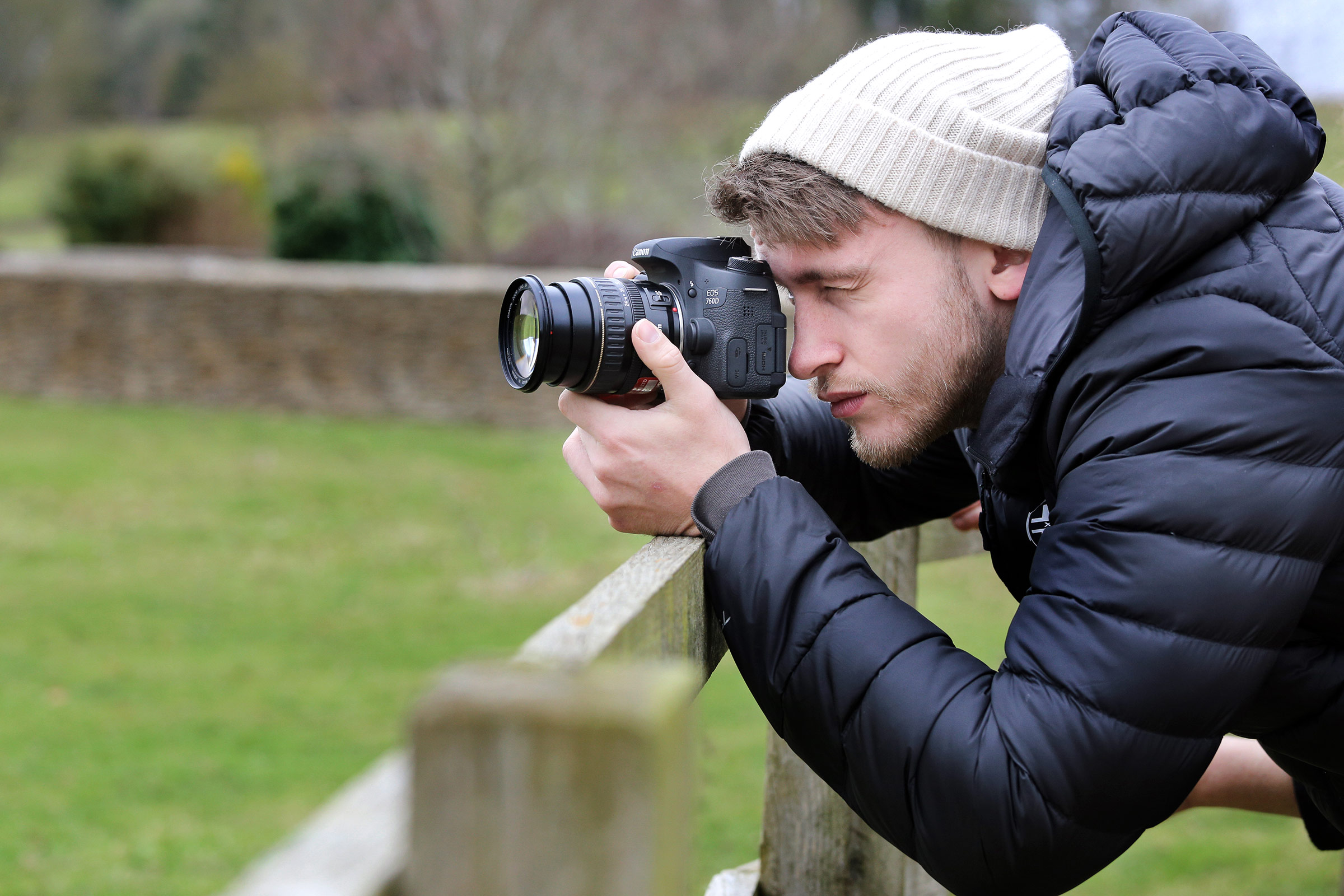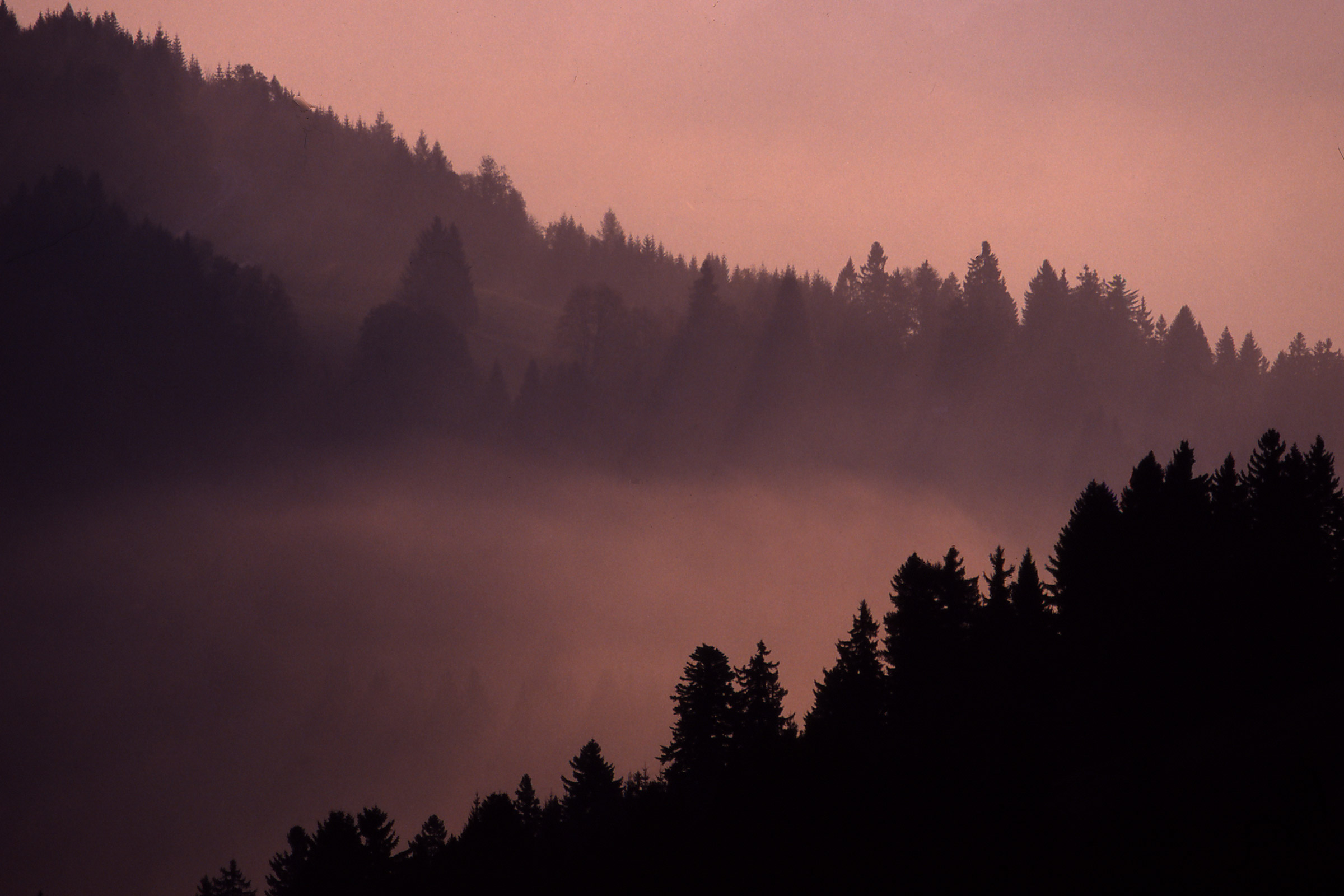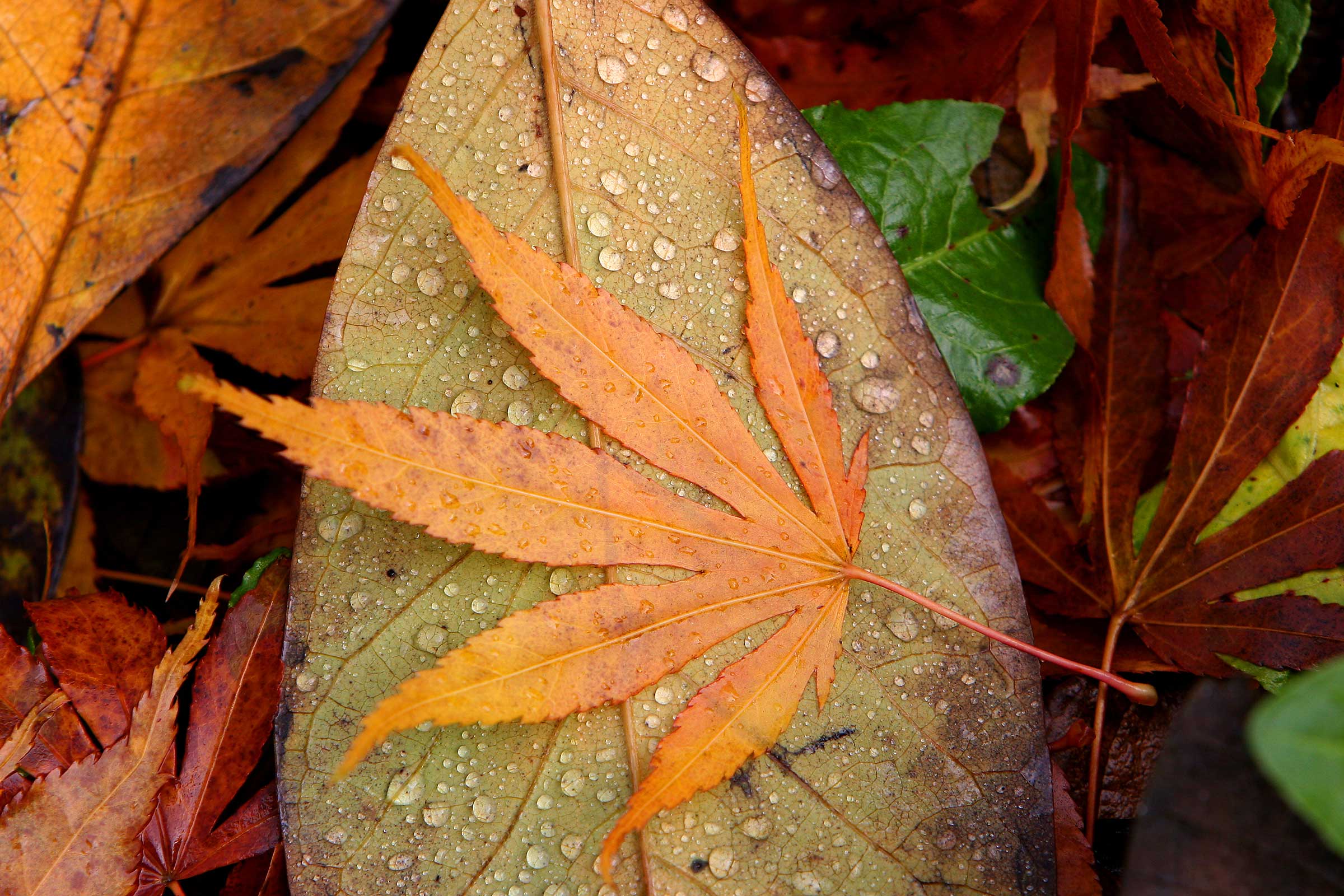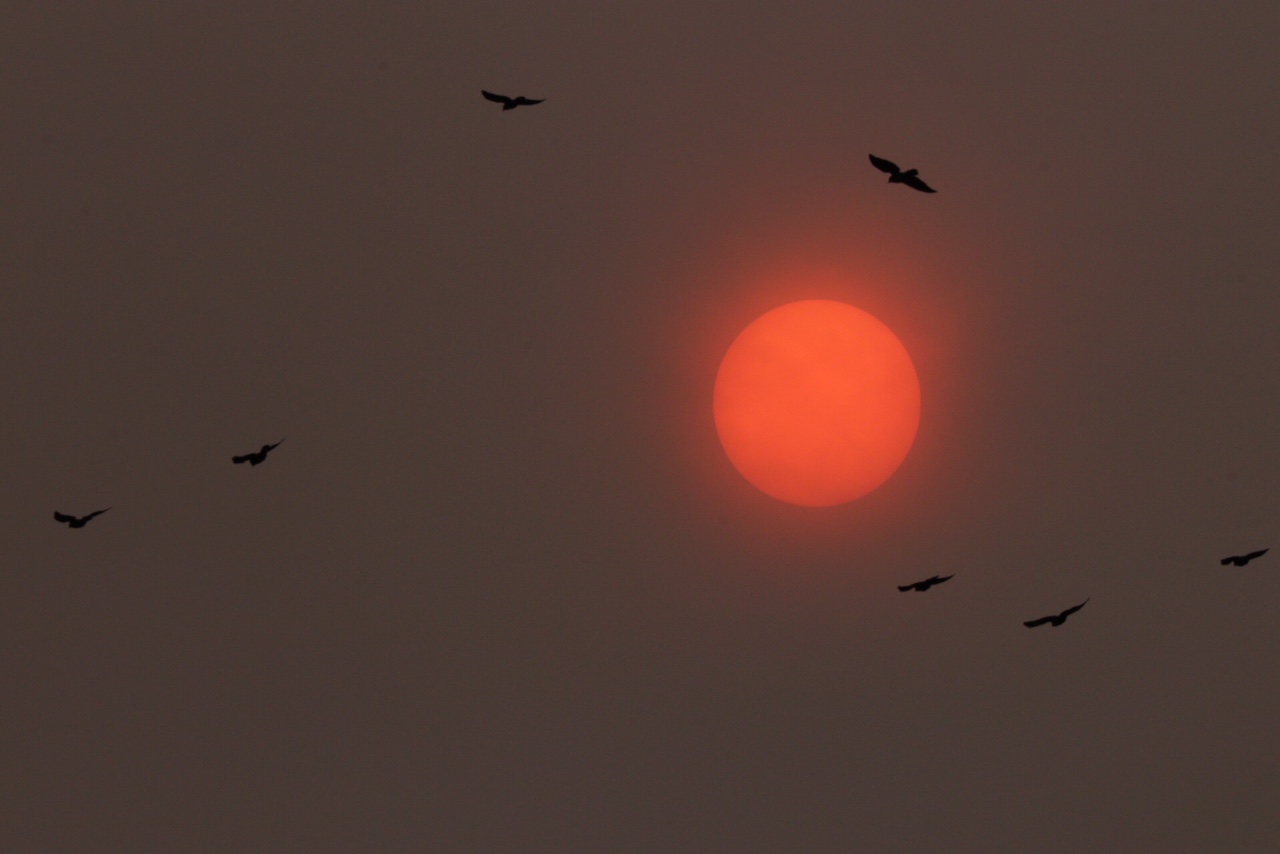Do you battle the elements or are you a fairweather photographer?
Taken with Canon EOS 80D, EF 100-400mm f4.5-5.6L IS II USM at 400mm, 1/640 second at f18, 800 ISO. Image © Nina Bailey
- Think about yourself not just your camera equipment - you can’t expect to make the most of the situation and come away with good photographs if you are cold and wet and just want to go home. So wrap up warmly, have good protective clothing and a hat with a peak that will keep the water off your face and go some way to protecting the camera. Equally, in the sun, protective headgear and sun screen are a must.
- Keep the camera and lens protected – rain hoods or plastic bags with elastic bands to attach it around the lens can work just as well. A filter on the lens and clean pillow cases to put the camera in quickly would be Brian’s advice in the wind or sandy conditions of the beach or desert.
- When planning your day think about extra equipment such as a tripod or bean bag to rest the lens on in high winds, even then the tripod on its own might not be enough and may need weighting down, tie a sandbag or heavy weight of some kind to the central column and let it hang down to the ground.
- Carry spare batteries – they tend to run down faster in the cold.
- Put silica gel pouches in your camera bag – they will absorb any moisture even from your boots at the end of the day!
Nina: The biggest problem caused by bad weather is the light levels, it can seriously affect the settings you are able to shoot at and most specifically how high you will need to take the ISO. On a bright sunny day you could be using a general setting of 1/250 f/8 100 ISO but be needing to go to 1/2000 f/8 800 ISO for action photography of any kind including birds in flight. However, once you get a heavy overcast day the settings are more likely to be 1/250 f/8 1600 ISO and 1/2000 f/8 12800 ISO respectively.
 Brian: When it is very windy and you don't have a tripod, find something to lean against, a tree, wall or the side of a building and keep your elbows in tight to your body to form as sturdy a frame as possible. For a successful photograph aim for a high ISO along with a fast shutter speed to combat shaking of the camera and yourself!
Brian: When it is very windy and you don't have a tripod, find something to lean against, a tree, wall or the side of a building and keep your elbows in tight to your body to form as sturdy a frame as possible. For a successful photograph aim for a high ISO along with a fast shutter speed to combat shaking of the camera and yourself!
Nina: The rain can help make for a really great image in many ways but be aware that not all cameras are weatherproof. The 1D series, 5D series and the 7D series bodies are sealed and good for staying out in heavy rain but the lens you are using may be a different matter. Also changing lenses in the rain is not a good idea at all. The 70D and 80D will be okay in light rain for an hour or so. As for introductory models, be very careful! Effectively there is no weather proofing on these models so you will need to be very careful at the slightest sign of rain - get the camera covered or get under cover yourself!
Brian: Dust or sand swirling about is a constant hazard in the desert or on the African plains and apart from getting in the camera it causes visibility issues as well. This can be used as an effective creative technique if shooting towards the light with animals as silhouettes in the foreground.

Nina: As Brian said sand in the air causes a lack of visibility as does mist and low cloud cover, you need to have things in the foreground or fairly close to make a good image.
Mist in amongst mountains causes layers of tone within the photograph which can make the image appear monochrome. It can be quite spectacular but often works best shooting towards the light though so the exposure needs to be carefully set.
You also need to be up quite high to get the best image and it's rare for the mist to last long so you need to be out and about very early as well.

Nina: Closer to home, don't forget that whilst a cloudy overcast day provides good even lighting for portraits where fill-in flash is often not needed, it is also good for photographs of autumn colours.
For more weather related photographs and the settings used by Nina and Brian see our Facebook gallery http://bit.ly/2yZsljS
